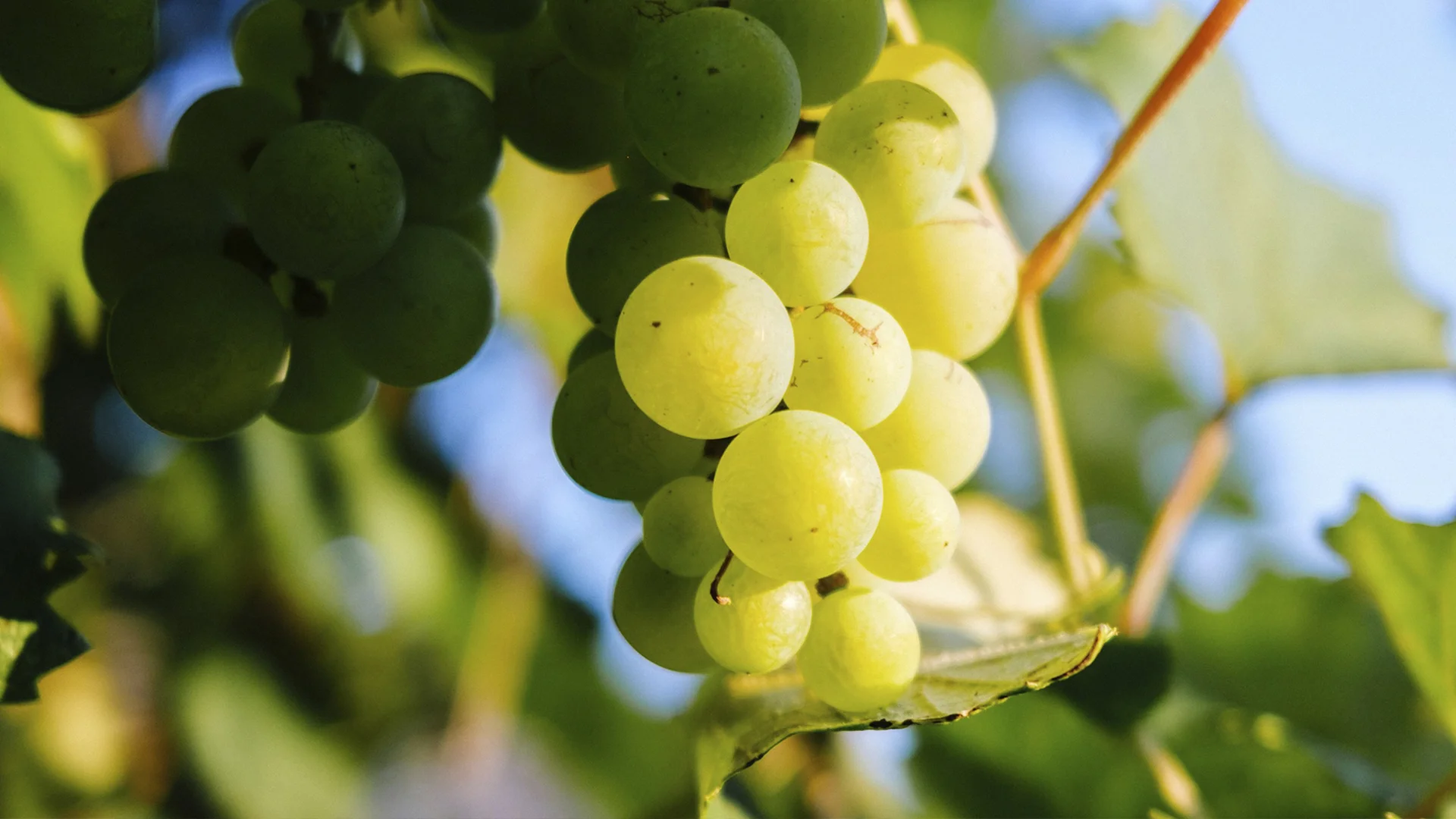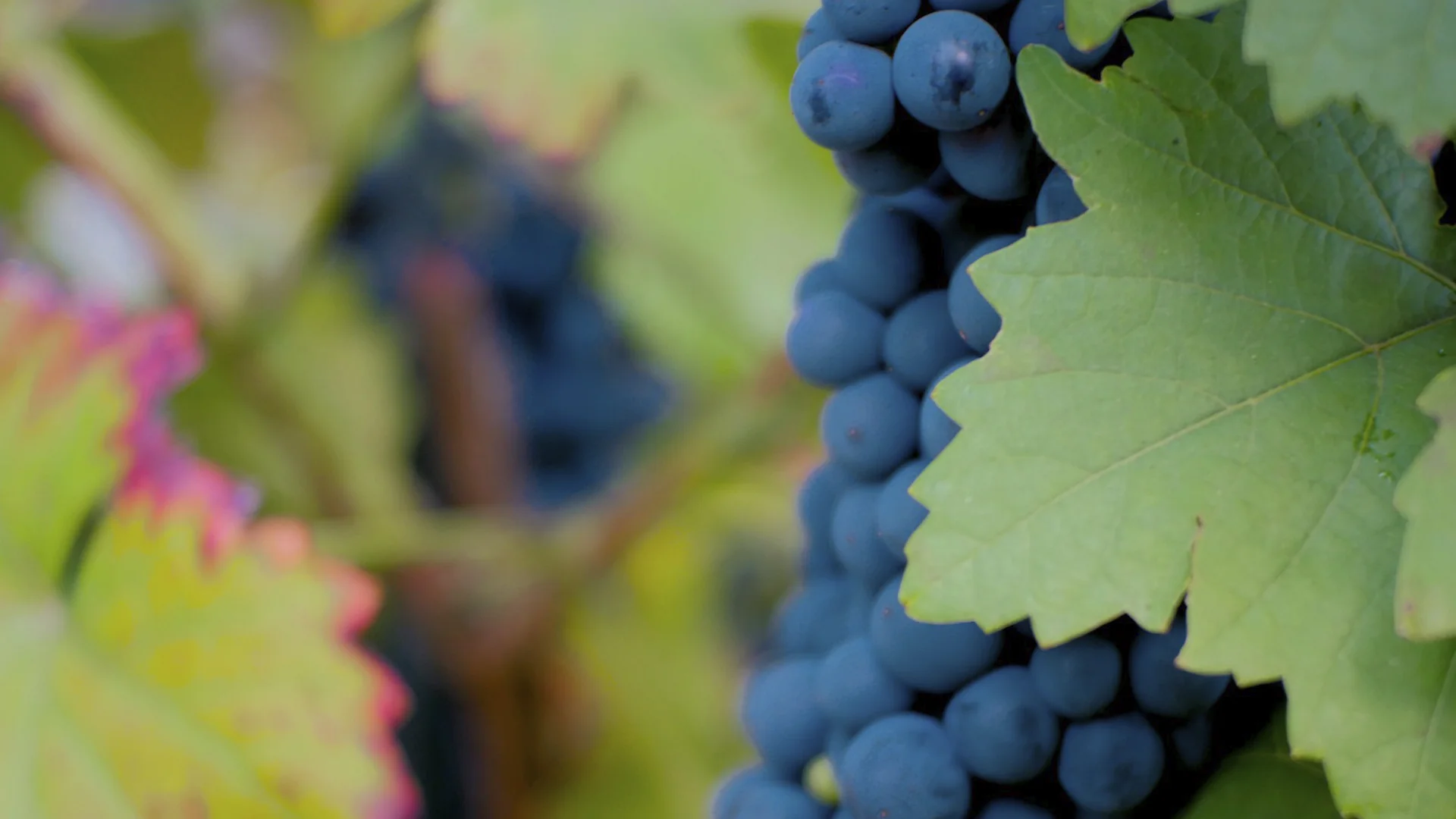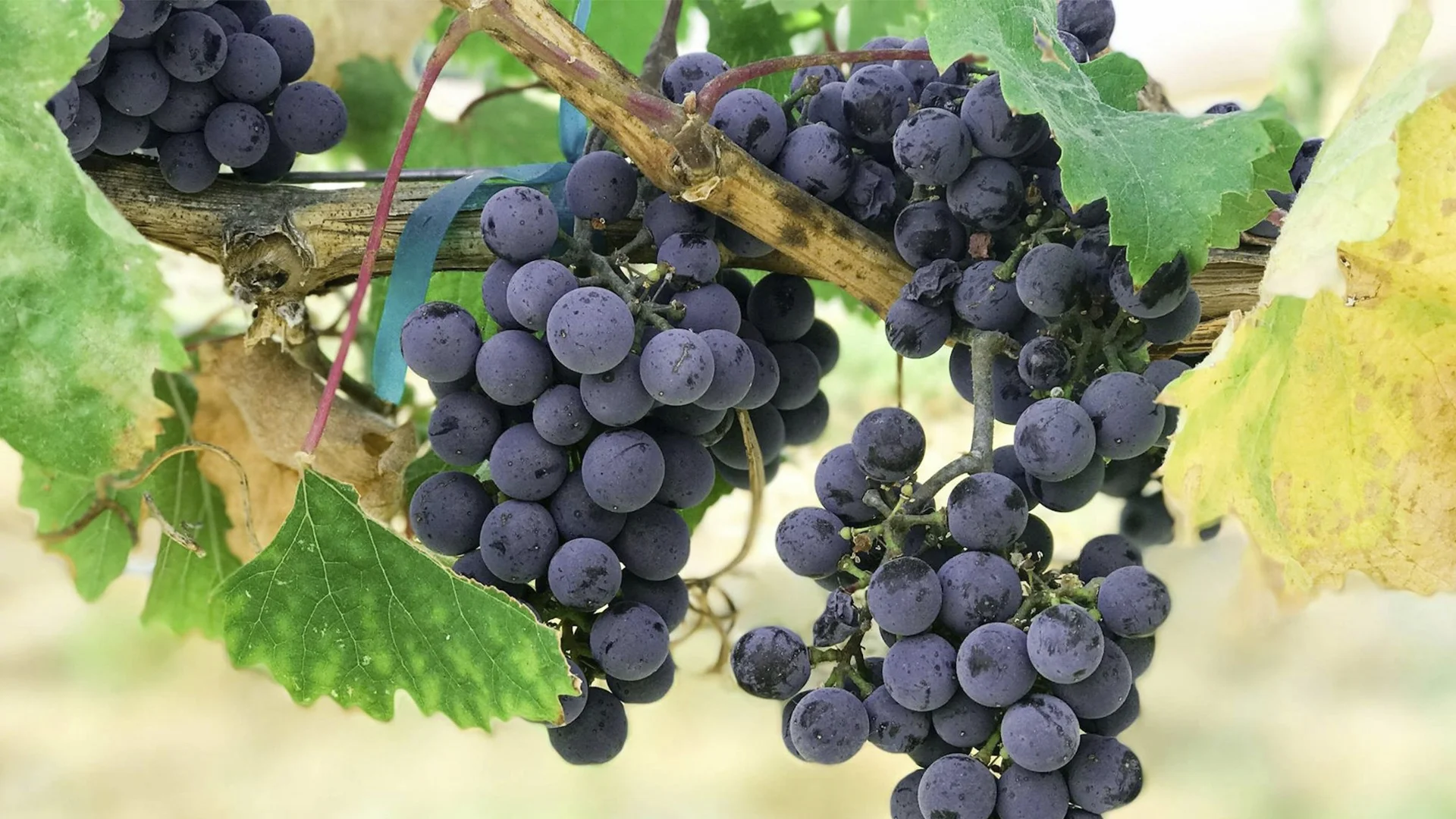
Embark on a captivating journey through the world of Syrah, a grape varietal cherished by wine enthusiasts and vintners alike.
Our in-depth guide unveils the essence of Syrah, from its unique characteristics to the diverse wines it produces. Discover intriguing facts, from naming conventions to its global cultivation, adding a whimsical touch to your knowledge. We trace Syrah's historical roots, highlighting key events that shaped its development. The guide delves into the art of cultivating Syrah, exploring optimal conditions and environmental impacts on its growth. Learn about Syrah's adaptability across global wine-producing regions, each imparting a unique signature.
We'll also focus on sustainable viticulture practices, showcasing how responsible farming enhances quality and minimizes environmental impacts.
Finally, celebrate the world's most renowned Syrah wines, illustrating the grape's versatility and the exquisite flavours crafted by skilled winemakers. Join us to appreciate the nuances, history, and artistry of one of the wine industry's most revered varietals.
Syrah, a prominent grape variety in the world of winemaking, is celebrated for its robust and flavorful contribution to red wine production. Originating from the Rhône Valley in France, this grape is known for its dark skin and the ability to produce deep inky colour, medium acidity, high tannin full-bodied wines. Over time, Syrah has gained a reputation for versatility, adapting well to various climates and regions, thus being cultivated in wine-producing areas worldwide.
The grape is known for its tough skin, which plays a pivotal role in its winemaking process, often involving prolonged soaking to extract rich flavours. The resulting wines are known for their intense and vibrant hues, ranging from deep red to almost purple, often described as some of the darkest red wines in the world.
Syrah's flavour profile is equally impressive, typically showcasing a delightful medley of dark berries, spices, and sometimes floral notes. Its versatility in blending is well acknowledged, often paired with grapes like Cabernet Sauvignon to enhance its mid-palate flavours. This grape's adaptability extends to its flavour expression, which can vary significantly based on the climate – with wines from cooler regions exhibiting earthy, herbaceous notes, while those from warmer climates often display a fruitier character.
The Syrah grape, with its deep colours and robust flavours, has a storied past that intertwines with the history of winemaking. Its roots are firmly planted in France, specifically in the southeastern regions. Through genetic analysis, it has been established that Syrah is a natural offspring of two ancient, less-known French varieties: Dureza and Mondeuse Blanche. This conclusion, drawn in 1999, positions the northern Rhône Valley as the likely birthplace of Syrah, dismissing earlier tales and speculations about its exotic origins.
Historical references to Syrah date back to the first century AD, with Pliny the Elder noting the existence of a high-quality wine from a dark-skinned grape in the Vienne area, now part of the Côte-Rôtie appellation. This period marked the beginning of Syrah's ascent in the wine world. By the 18th century, in the Rhône Valley, Syrah had become a prominent grape variety. In the northern Rhône, it predominantly features in varietal wines, while in the southern part, it forms part of the renowned GSM (Grenache, Syrah, Mourvèdre) blend.
The Syrah grape ventured beyond France in the 1830s, making a significant mark in Australia. Scottish viticulturist James Busby is credited with introducing Syrah cuttings to Australia, where it gained immense popularity under the name Shiraz. Regions like Barossa Valley and McLaren Vale have become synonymous with the Shiraz style, known for its rich, fruit-forward profile.
Syrah's journey also led it to California in the late 19th century, although its initial presence was hampered by phylloxera outbreaks. It wasn't until the late 20th century that Syrah began to flourish there. Today, the grape is cultivated in various wine-producing regions worldwide, including South America, South Africa, and New Zealand, each contributing its unique characteristics to the Syrah grape.
This global expansion of Syrah demonstrates its versatility and appeal. Whether as the earthy and subtle French Syrah or the bold and vibrant Australian Shiraz, this grape continues to captivate wine enthusiasts and vintners with its dynamic range and adaptability.
The Syrah grape, renowned for its robust and flavorful wines, thrives under specific viticultural conditions that significantly influence its character. While Syrah adapts to various environments, certain conditions are more conducive to its optimal growth and flavour development.

In summary, Syrah grapes flourish under a combination of warm temperatures, moderate rainfall, specific soil types, and ideal altitude conditions. These factors, along with regional terroir, play a crucial role in shaping the distinctive flavours and qualities of Syrah.
Syrah, a grape variety celebrated for its rich and full-bodied wines, is cultivated across diverse regions worldwide, each imparting its unique touch to the grape's profile due to differing terroirs:

Syrah expresses itself differently in each of these regions, shaped by local climate, soil types, and winemaking practices. This range of expressions showcases the adaptability and versatility of the Syrah grape.
Sustainability in the cultivation of Syrah grapes is a critical aspect of modern viticulture, ensuring the long-term health and productivity of vineyards while minimizing environmental impact. Two key areas in this regard are Canopy Management and Irrigation Practices.
Canopy management is a crucial technique in the cultivation of the Syrah wine grape. The primary goal of canopy management is to ensure optimal sunlight and air exposure for the grapes, which is vital for proper ripening and the development of complex flavours and aromas. This involves several practices:
These practices are not only crucial for the health and quality of the grapes but also play a role in water use efficiency. A well-managed canopy ensures the vine's resources are not overstretched, making the most of the available water.
In the context of climate change and water scarcity, efficient irrigation practices are vital in sustainable viticulture, especially for water-intensive crops like Syrah grapes. Key aspects include:
Both canopy management and irrigation practices are interlinked and contribute significantly to the sustainability of Syrah grape cultivation. By optimizing these practices, growers can not only improve the quality of their grapes but also contribute to environmental conservation efforts. These sustainable practices help reduce the carbon footprint of vineyards, preserve local ecosystems, and ensure that vineyards can continue to produce high-quality Syrah grapes for generations to come.Provence and Tavel
Syrah, a grape variety celebrated for its depth and complexity, has led to the creation of exceptional wines worldwide. Here are some of the most renowned Syrah brands, each representing unique aroma and flavour profiles that highlight the diversity and richness of this grape:
These wines are revered not just for their exquisite taste profiles but also for their representation of Syrah's versatility across different climates and terroirs. From the intense and spicy notes typical of Australian Shiraz to the more nuanced and complex flavours of Syrah from cooler regions like France and Chile, each wine offers a unique experience that highlights why Syrah is such a celebrated variety in the wine world.
In our comprehensive exploration of the Syrah grape, we've uncovered the intricate tapestry that makes this varietal a cornerstone in the world of wine. From its basic characteristics and charming trivia—like its alias 'Shiraz' in Australia—to its storied past and optimal growing conditions, Syrah's complexity mirrors the rich diversity of wines it yields.
We've traced its origins from the Northern Rhône Valley to the sun-drenched Australian vineyards, revealing its evolutionary journey and the legends behind its name. The guide highlighted Syrah's preference for warm climates, specific soils, and the critical balance of rainfall and temperature for its flourishing.
Our journey took us to key regions like the Rhône and Barossa Valleys and emerging areas like Chile, the Napa Valley and South Africa, each region shaping Syrah's flavour and aroma through its unique terroir. The significance of sustainable viticulture in Syrah's cultivation emphasized the wine industry's commitment to environmental stewardship.
Exploring the world's renowned Syrah wines, from robust Australian Shiraz to subtle, complex Syrahs from cooler regions, showcased the grape's versatile transformation into a spectrum of styles.
This in-depth look at Syrah grapes highlights not only the varietal's richness and diversity but also the art and science behind winemaking. Each Syrah or Shiraz bottle narrates its origin story, embodies its terroir, and celebrates the winemaker's craftsmanship, offering a multifaceted and rewarding experience for wine aficionados.





























































































.webp)

.webp)





Are you interested in
collaborating with us?